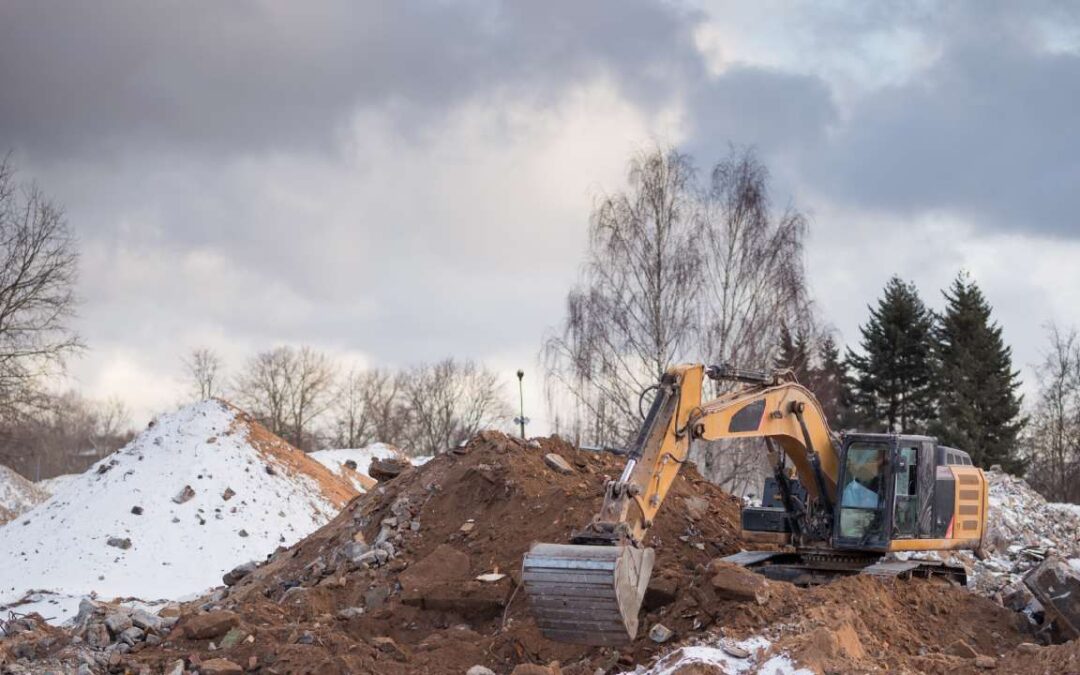Problems with soil compaction can seriously impact your construction project. Issues at this crucial step can lead to structural problems and cause costly delays. A critical aspect of the process is understanding how to effectively use fill dirt for construction.
Here are seven tips to help you tackle soil compaction head-on, save time, and keep your project on track.
Choose The Right Fill Dirt For Your Construction Project
Choosing the right fill dirt for construction projects is critical to achieving proper compaction. Fill dirt typically refers to the subsoil, or the layer of soil beneath the topsoil. It lacks organic matter, which can break down and lead to settlement or instability over time, making fill dirt ideal for projects that require compaction.
Gain Soil Analysis Skills
You need to understand the properties of soil to ensure it can be successfully compacted. These properties mean that different types of soil, such as sandy, silty, clayey or a mixture, will behave differently under compaction.
Achieve The Right Moisture Balance
Controlling the moisture of fill soil for construction is a delicate balance. It is essential to understand that soil that is too dry or too wet can lead to compaction problems.
The optimum moisture content, determined by the Proctor test, is the water content at which the soil reaches its maximum dry density. Compaction is easiest when close to this optimum moisture and the soil reaches the desired density with less effort.
Choose The Right Equipment And Maintain It
Selecting the right compaction equipment is critical. Cohesive soils benefit from tampers or shovel-foot rollers, while granular soils work best with vibratory plates or smooth drum rollers.
Perfect Soil Layers And Compaction Force
Proper soil stratification, also known as soil layering, is critical for proper compaction. If the soil layer is too thick, the compaction force will not fully penetrate, leaving the underlying layer uncompacted. Conversely, a soil layer that is too thin can lead to excessive compaction.
Take A Systematic Approach
A structured method for compacting soil can make a significant difference. Develop a pattern to ensure even compaction across the area. One popular strategy is to compact soil in parallel strips, overlapping each pass of the machine by at least half its width.


